49 F. average high on March 30.
57 F. high on March 30, 2015.
.40" rain fell at KMSP yesterday.
March 31, 1896: A strong snowstorm dumps 13.5 inches of snow at Maple Plain. Vivid lightning is also in the storm with 10-12 flashes per minute. Visibility was down to less than one block. The high temperature was 57 at Maple Plain the day before.
March 31, 1843: The low temperature at Ft. Snelling plummets to -11.
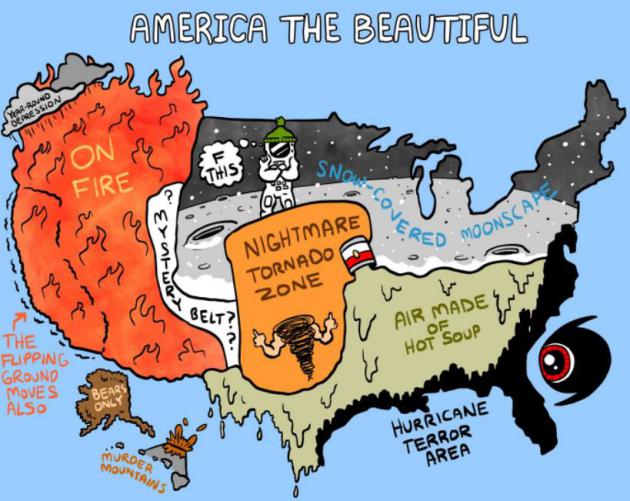
Family of Cooler Fronts - Tracking an Increase in Frost-Free Days
Perspective is important. To a resident of Miami or Los Angeles 50 degrees fits the definition of a cold front. Minnesotans grill at 50 degrees. Considering the average high now is in the upper 40s I would qualify the next 4-5 days as a "cooler front" - 5 to 10F cooler than average, but hardly controversial for early April.
EPA data suggests Minnesota's frost-free growing season is now 20 days longer than it was in 1895. Arizona and California? Closer to 40 days longer. NASA can track the consistently earlier green-up from space, but it would still be unwise to plant tender annuals until early May. Just saying.
Spotty showers linger today as chilly, Canadian air flushes south - by Friday morning a fleeting coating of slush can't be ruled out; even an inch of sloppy snow when you stagger out of bed Friday morning. A jacket-worthy Saturday gives way to 50 F Sunday before another minor temperature relapse.
With a sun angle similar to mid-September it can't stay brisk for long; a week from Friday readings may mellow back up to 60F.
I love this time of year: too late for knee-deep snow drifts; still too early for hail and tornadoes.
Mosquitoes too.
Slushy Lawns? 12 KM NAM data from NOAA shows the best chance of a slushy inch or two from St. Cloud to Redwood Falls and Windom by 1 AM Sunday. A high sun angle should keep (most) roads wet during the daylight hours but I could see slippery spots, especially Friday - even in the metro. Source: AerisWeather.
Looking Forward to Heat Alerts. Well, not really. 70F and sunny sounds good, though. The Brainerd Lakes area may see a coating to 1" of slush by breakfast on Saturday.
Winds Increase. The approach of a colder front turns on the wind machine Friday - peak winds on Saturday (sustained 25-30 mph) creating a wind chill in the teens. Model data: Aeris Enterprise.
Chilly Relapse. Not quite as arctic as (some) models were predicting a few days ago, but colder weather lingers into part of next week with a few days in the upper 30s to low 40s; a good 10F colder than average. Not sure about the prediction of 63F on Sunday; that may be a bit extreme but temperatures will blip upward late in the weekend before a reinforcing shot of colder air. Source: WeatherSpark.
Hope Reigns Eternal. NOAA's GFS run may be rushing the warm air, but it's been fairly consistent the last few runs, suggesting 60s by Friday of next week; temperatures mellowing as we head into mid-April.
Mid-Month Warming Trend. After a chilly start a higher sun angle warms up much of the USA during the second week of April; 500 mb predicted winds (GFS) hinting at 50s and 60s by April 13.
Spring Regains Its Bounce. GFS numbers trend above average again by the second week of April with 50s and 60s; maybe a few 70s by mid-month.
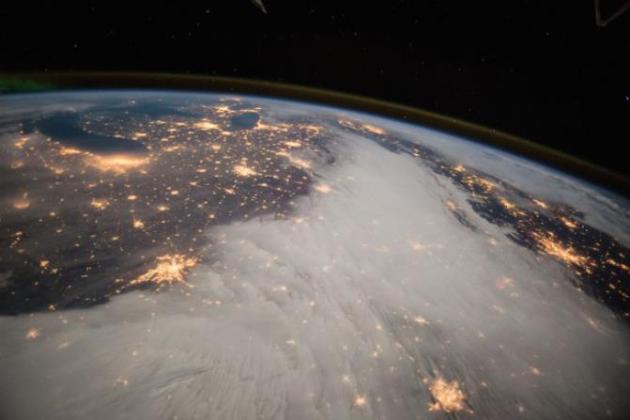
7 Million Americans at Risk of Man-Made Earthquakes, USGS Says. The Washington Post has the story - here's an excerpt: "...On Monday, the U.S. Geological Survey published for the first time
an earthquake hazard map covering both natural and "induced" quakes.
The map and an accompanying report indicate that parts of the central
United States now face a ground-shaking hazard equal to the famously
unstable terrain of California. Some 7 million people live in places
vulnerable to these induced tremors, the USGS concluded. The list of
places at highest risk of man-made earthquakes includes Oklahoma,
Kansas, Texas, Arkansas, Colorado, New Mexico, Ohio and Alabama..."
Map credit: "U.S.
Geological Survey map shows the potential for Americans to experience
damage from natural or human-induced earthquakes in 2016. Changes range
from less than 1 percent to 12 percent."(Courtesy of USGS).
Minnesota Legislators Buzzing With Electric, Plug-In Hybrid Car Rebate.
I suspect our kids and grandkids won't think twice about driving an
electric vehicle, powered by community or rooftop solar. Here's the
intro to a story at The Star Tribune: "Minnesota
legislators are looking at offering new rebates as financial incentive
for consumers considering electric or plug-in hybrid cars. “It’s
justified to have an early investment by the state to kick-start that
market,” said Brendan Jordan, head of Drive Electric Minnesota, a
coalition that aims to increase the number of electric vehicles. The
proposal, which has gained bipartisan support, would give rebates of up
to $2,500 for those who buy or lease a new electric or plug-in hybrid
car. The measure also would require public utility companies to create
programs to encourage the use of electric vehicles and to construct
charging stations for electric cars. The taxpayer-backed incentives
would expire in 2021..."
Photo credit above: "CHARGED
UP: Matthew Blackler and Rhea O’Connor said federal tax breaks helped
when they leased two Nissan Leafs. “It would be fantastic to get more
people into these cars,” Blackler says."
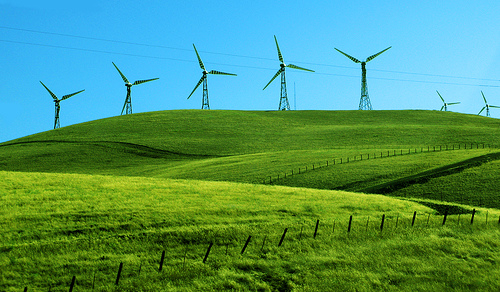
Study: California Could Get 74% of Power From Rooftop Solar. The Desert Sun reports; here's the intro: "Rooftop solar panels could meet three-quarters of California's electricity needs and about 40 percent of the country's electricity needs, according to a new study from the National Renewable Energy Laboratory. Researchers at the federally funded lab, which is based in Colorado, had estimated in 2008 that rooftop solar could generate 800 terawatt-hours of electricity per year, supplying about 21 percent of the country's current electricity demand. Now they've upped their estimate to 39 percent, in an analysis sure to be embraced by clean-energy advocates who see solar power as critical to fighting climate change..." (Image credit: Fresh Energy).
After The Tesla Model 3 Launches This Week, The World Will Know if Elon Musk Called the Electric-Car Future Correctly. Here's a snippet from Quartz: "...On
March 31, Musk will finally unveil the car that he has always
promised—the mass-market vehicle meant to be the big-bang for electrics.
It’s the Model 3, a $35,000 sedan that will go at least 200 miles on a
single charge. The positioning is deliberate—at half the base price of
his two luxury models, it’s around the average cost for new cars in the
US; and the distance is thought sufficient to alleviate most cases of
so-called range anxiety, the fear of becoming stranded with a dead
battery. Although Tesla has maintained tight secrecy around the car,
predictions call for the Model 3 to be crammed with technology including
autonomous functionality, and to feature Musk’s usual exquisite
styling..."
I Was a Fourth Generation Coal Miner. Here's Why I Quit. Yes Magazine has an interesting Op-Ed; here's an excerpt: "When
my great-grandfather began his career as an underground coal miner, the
United States was averaging 2,000 coal-mining deaths a year. It was a
hard and dangerous life, the existence left for Appalachian mountaineers
once outside companies had harvested the hardwood forests and swindled
everyone’s mineral rights. Families that had once sustained themselves
on their own farms became more and more dependent on coal-mining wages..."
Exercise Makes Our Muscles Work Better With Age. It pains me to include this link - but it's true (and in my case relevant). Here's a clip from The New York Times: "To
keep our muscles healthy deep into retirement, we may need to start
working out more now, according to a new study of world-class
octogenarian athletes. The study found substantial differences at a
cellular level between the athletes’ muscles and those of less active
people. Muscular health is, of course, essential for successful aging.
As young adults, we generally have scads of robust muscle mass. But that
situation doesn’t last..."
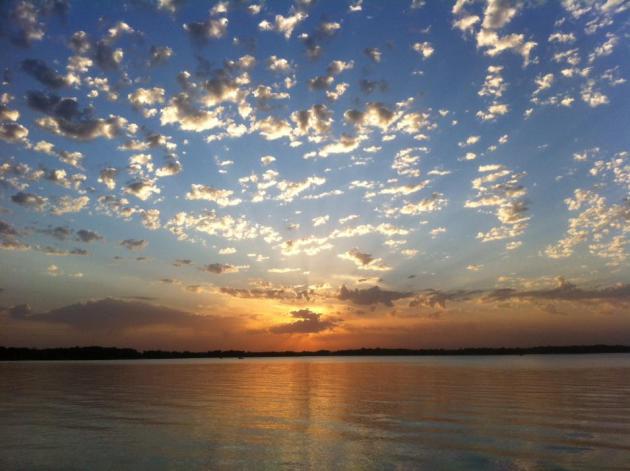
THURSDAY NIGHT: Rain and snow showers. Low: 33
FRIDAY: Dusting of flakes early? Partial clearing. Winds: NW 10-20. High: 41
SATURDAY: Gusty and chilly, flurries taper. Winds: NW 15-25. Wake-up: 32. High: 38
SUNDAY: Mostly cloudy and milder. Winds: SW 10-20. Wake-up: 29. High: near 50
MONDAY: Clearing skies, colder than average. Winds: N 10-15. Wake-up: 31. High: 38
TUESDAY: Clouds increase, turning milder. Winds: S 10-20. Wake-up: 28. High: 52
WEDNESDAY: Windy and cooler, few showers. Winds: NW 10-20. Wake-up: 38. High: 46
Climate Stories...
History of Climate Change, As Seen in Frost Maps From 1916. Here's an excerpt from Slate: "...On a website charting indicators of climate change, the Environmental Protection Agency offers a few graphs showing how the growing season in the continental United States has lengthened between 1895 and 2015, with most of the upswing taking place in the past 30 years. While stipulating that a lengthening growing season could have positive effects on yield for some farmers, the EPA notes that "overall, warming is expected to have negative effects on yields of major crops." A long season "could limit the types of crops grown, encourage invasive species or weed growth, or increase demand for irrigation..."
Map credit: EPA.
Daily Galaxy:
A new study from climate scientists Robert DeConto at the University of Massachusetts Amherst and David Pollard at Pennsylvania State University suggests that the most recent estimates by the Intergovernmental Panel on Climate Change for future sea-level rise over the next 100 years could be too low by almost a factor of two. Details appear in the current issue of Nature.
Severe Coral Bleaching is Damaging Huge Swaths of the Great Barrier Reef, Scientists Say. Chris Mooney has the story at The Washington Post; here's an excerpt: "Scientists have declared that key portions of the Great Barrier Reef — over a thousand miles long and the “largest living structure on the planet,” according to Australia’s Great Barrier Reef Marine Park Authority — are now seeing the worst coral bleaching in recorded history. “We’re seeing very severe bleaching in the northern part of the reef,” said professor Terry Hughes of James Cook University, where he heads the Australian Research Council (ARC) Centre of Excellence for Coral Reef Studies. “And I think that just highlights how precarious the situation has become, whereby severe El Niño events, which happen every few years, are enough to trigger a bleaching event. And it wasn’t always like that...”
Photo credit above: "Bleaching of the Great Barrier Reef observed by aerial survey." (Terry Hughes/ARC Centre of Excellence for Coral Reef Studies).
Photo credit: "The Crystal Serenity at sea". Crystal Cruises.
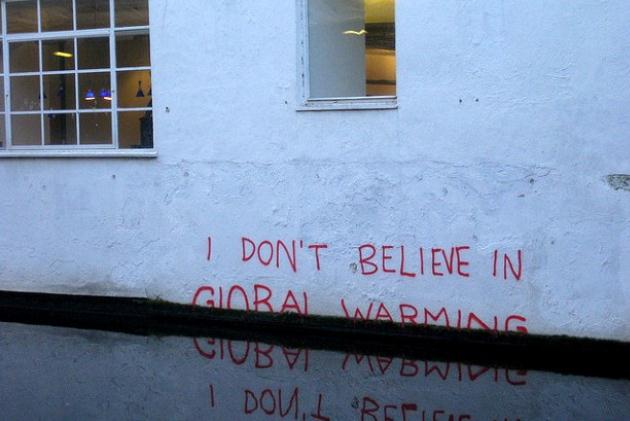
No comments:
Post a Comment